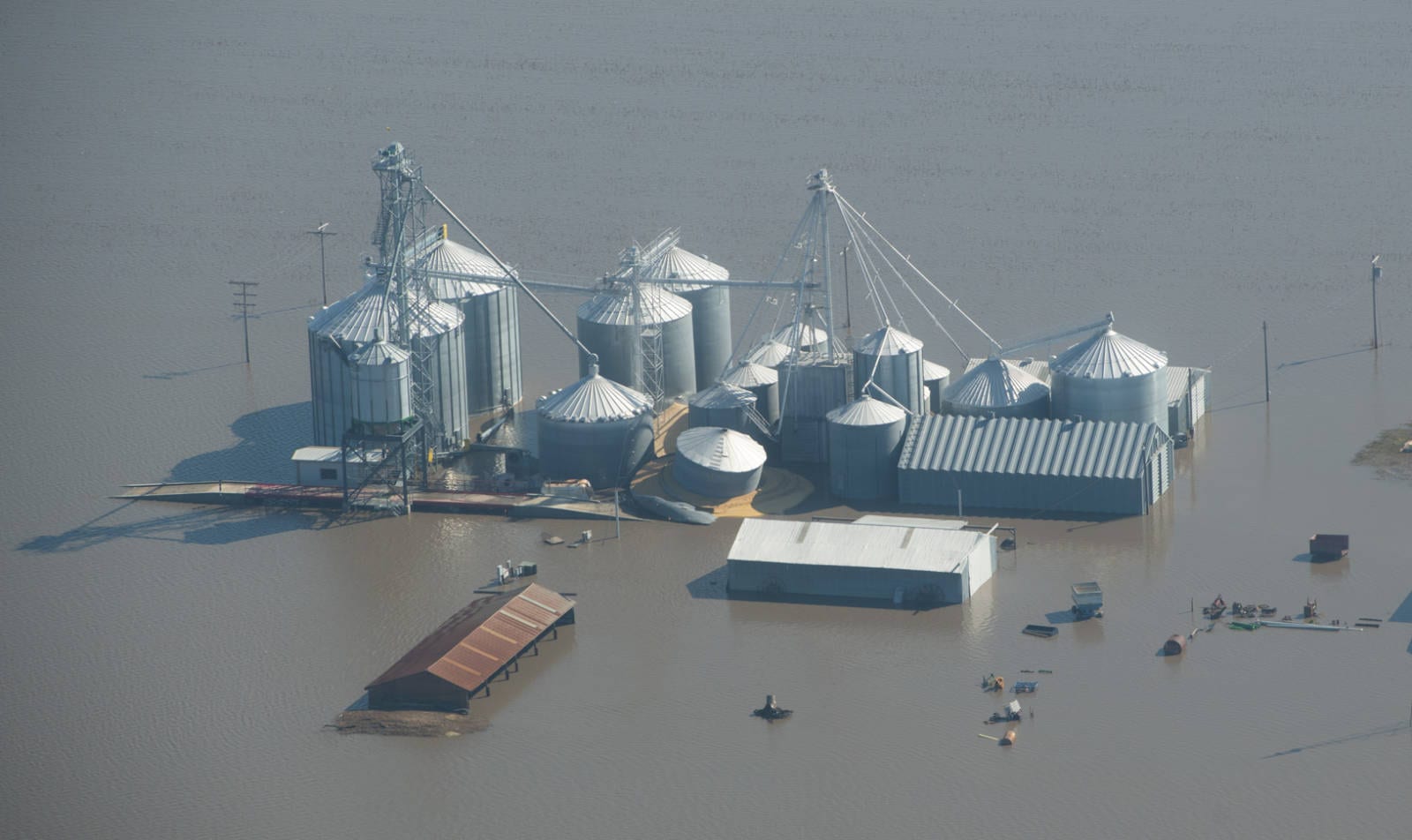Over the past two weeks, U.S. farmers have faced a major challenge as the upper Great Plains region has endured catastrophic flooding.
In parts of Nebraska, Iowa, and South Dakota, rainfall combined with unmelted snow teamed to set the stage, as the frozen ground beneath the snow was unable to absorb the runoff. Rivers were already high as they worked to drain away last fall’s abundant rains.
For Nebraska, September through February was the fifth-wettest fall-winter in 124 years of records, said Dan Pydynowski, senior meteorologist with AccuWeather Inc.
Exceptionally cold weather was also a factor: Nebraska had its eighth-coldest February in 124 years, Iowa its 15th. Sheets of ice up to 20 inches thick covered the rivers.
As runoff washed off frozen ground, it lifted the ice sheets up, breaking them into huge slabs that banged downstream and eventually clogged together in ice jams, some several miles long.
U.S. soy growers are resilient, hard-working people who face many challenges. On top of a difficult harvest last fall, these disastrous floods demonstrate the magnitude and fragility of the hard work that goes into growing the world’s food each day. Regardless of Mother Nature’s challenges, U.S. farmers demonstrate character by protecting the soil, ensuring animals are cared for, and getting the job done.

Photo by Joseph L. Murphy/Iowa Soybean Association.